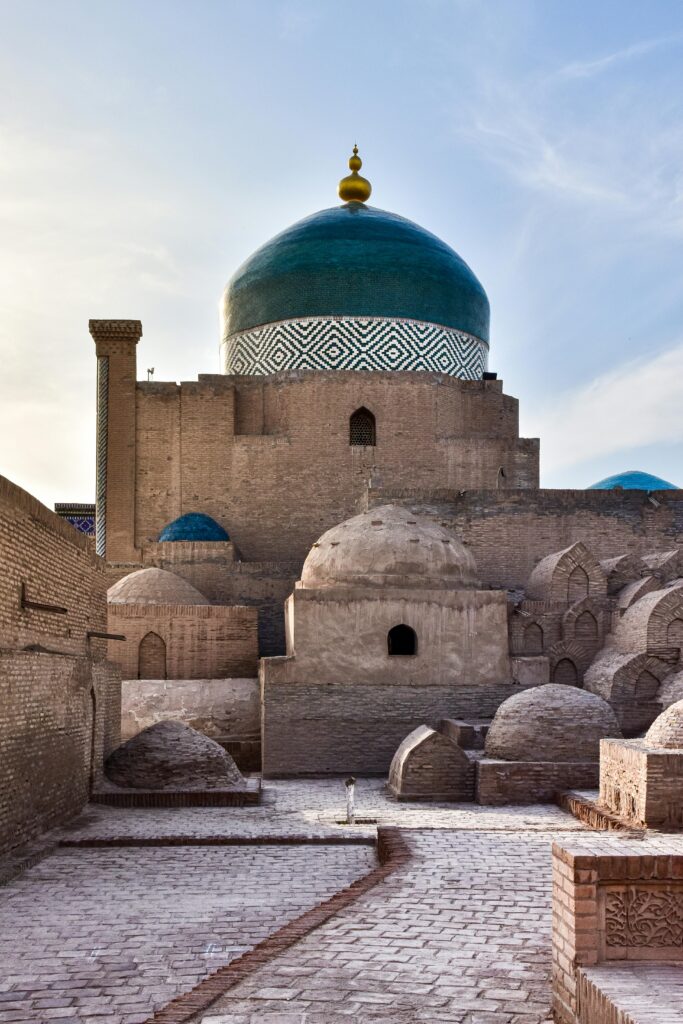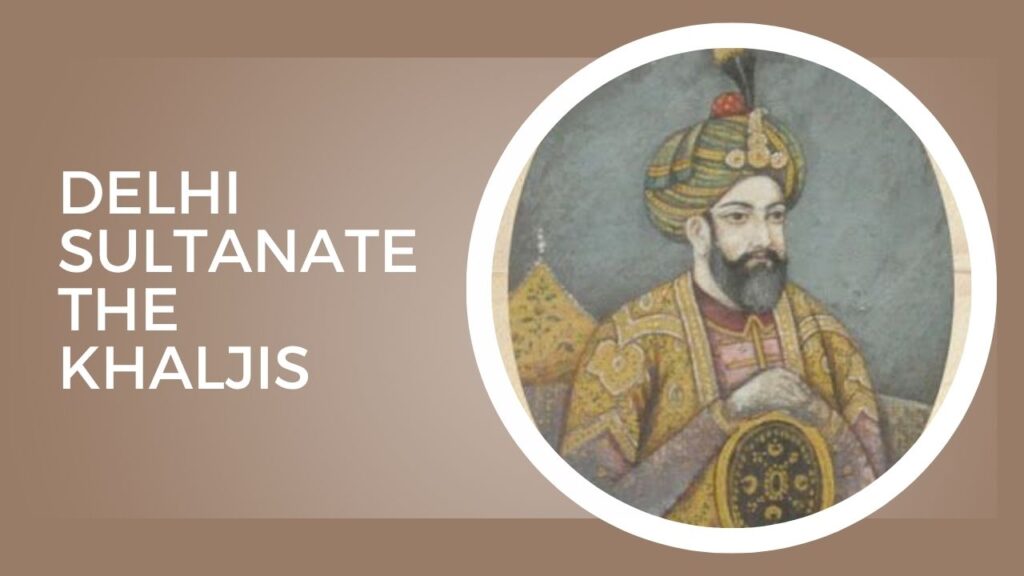CHAPTER 3
Objective: To provide solved questions and answers on the Slave Dynasty of the Delhi Sultanate for ICSE Class 7 students in a clear and student-friendly format.
Learning about the Delhi Sultanate, especially the Slave Dynasty, opens a fascinating window into India’s medieval history. But remembering all the dates, rulers, and key events can sometimes feel confusing—especially when exams are around the corner.
This blog post is here to make your preparation easier and smarter.
We’ve put together a set of solved questions and answers based on the ICSE Class 7 syllabus, tailored to help you understand and revise quickly. The answers are written in a simple, student-friendly manner so you don’t just memorize—but truly learn.
Let’s make history less stressful and more enjoyable—starting with the rise of the Slave Dynasty!
A. Answer the following questions on Delhi Sultanate-The Slave Dynasty :
1. Why are the first few rulers of the Delhi Sultanate called the rulers of the Slave Dynasty?
Ans: The first few rulers of the Delhi Sultanate—Qutub-ud-din Aibak, Iltutmish, and Balban—were called rulers of the Slave Dynasty because they were originally slaves. Qutub-ud-din Aibak rose to become a general of Muhammad Ghori and eventually succeeded him.
2. How did Iltutmish avoid the invasion of the Mongols in India?
Ans: Qutub-ud-din Aibak was succeeded by Iltutmish, his former slave and later his capable son-in-law. He diplomatically saved India from the Mongol invasion when he refused to give shelter to the Shah of Persia in AD 1221. At that time, the Mongols, led by Genghis Khan, were pursuing the Shah of Persia. He and his army reached the banks of the Indus River, spreading terror. Iltutmish realized the threat to his empire and refused to provide refuge to the Shah of Persia, which pleased Genghis Khan, and he retreated without attacking India.
3. Who laid the foundation of the Slave Dynasty?
Ans: The foundation of the Slave Dynasty was laid by Qutub-ud-din Aibak. It was also called the Mamluk Dynasty, as the Arabic word ‘Mamluk’ means slave. The rulers were originally slaves, and Qutub-ud-din Aibak rose to become a general of Muhammad Ghori and eventually succeeded him. He suppressed internal revolts and successfully checked external invasions. He died after falling from his horse while playing polo. After Qutub-ud-din Aibak, Iltutmish succeeded him and later became his capable son-in-law. Iltutmish was a skilled diplomat who introduced the Iqtadari system to please the Turkish nobles. He divided territories among them, making them responsible for administration and revenue collection.
4. What were the common problems faced by the rulers of the Delhi SUltanate Slave Dynasty?
Ans: The rulers of the Slave Dynasty faced both internal and external challenges. In the case of Iltutmish, the generals of Muhammad Ghori harassed him, while the Rajputs attempted to take advantage of the situation. To strengthen the Sultanate, Iltutmish expanded his territories by defeating Yaldoz, the ruler of Ghazni, and the ruler of Multan, pushing them out of Punjab. He also suppressed the Khilji revolt in Bengal and defeated the Rajput rulers of Gwalior, Malwa, Ujjain, Ranthambore, and Mandu.
The Delhi Sultanate The Slave Dynasty was also under constant threat from Mongol invasions. To prevent an attack, Iltutmish refused to shelter the Shah of Persia, who was being pursued by Genghis Khan.
Iltutmish’s daughter, Razia Sultan, became the ruler after her father since none of his other successors were capable of ruling. She managed to restore law and order and ended the chaos among the nobles. However, corrupt nobles rebelled against her and her husband, Altuniya, which eventually led to her downfall and death.
Besides corrupt nobles, incompetent rulers also weakened the Delhi Sultanate. A group of 40 Turkish nobles elected Nasiruddin Mahmud as the ruler. Being only 17 years old, he relied on his father-in-law and Prime Minister Balban. During Nasiruddin’s rule, internal rebellions were frequent, but they were crushed effectively.
Thus, external threats like Mongol invasions and internal conflicts with nobles were some of the major challenges faced by the rulers of the Slave Dynasty.
5. What measures were taken by Balban to consolidate his empire?
Ans: Ghiyas-ud-din Balban, the advisor and father-in-law of Nasiruddin Mahmud, served as the Prime Minister of the Sultanate. To consolidate the empire, he implemented several measures.
- He built strong fortifications along the Northwest Frontier and repaired existing ones. He also maintained a well-equipped army and appointed his son as the governor of the frontier province of Multan.
- Balban adopted the ‘Blood and Iron’ policy to control rebels and suppress opposition. He used force against rebels, corrupt nobles, invaders, thieves, and traitors to establish peace and order.
- He took strict measures to curb the power of rebellious nobles. Tughril Beg revolted and declared independence in Bengal. Balban crushed the rebellion and ordered the execution of Beg’s family and followers to maintain authority.
6. How did Razia Sultana become the ruler after Iltutmish?
Ans: Iltutmish died in AD 1236. Before his death, he nominated his daughter, Razia Sultan, as his successor since none of his sons had the necessary qualities to rule. However, the nobles refused to be ruled by a woman and placed his son, Ruknuddin, on the throne. When Ruknuddin proved to be an incompetent ruler, the nobles removed him and allowed Razia to ascend the throne in AD 1236.
B. Fill in the blanks:
- The earliest rulers of the Delhi Sultanate were the Mamluks.
- Qutub-ud-din Aibak served as a general under Muhammad Ghori.
- The orthodox Muslims opposed the Sijdah.
- The youngest son of Iltutmish was Nasir-ud-din.
- The governor of Sirhind who revolted against Razia was Altuniya.
C. Match the following:
| A | B |
| The custom of Sijdah | Was followed in Balban’s court |
| Chalisa | Group of 40 nobles |
| Qutub-ud-din Aibak | Was known as the Lal Bakhsh |
| Balban | Blood and Iron Man |
| Jalaluddin Khilji | Murdered Balban’s grandson |
D. State whether the following statements are true or false:
- Iltutmish started the construction of the Qutub Minar: False
- The Chalisa helped Iltutmish’s son come to power: True
- Razia Sultana was married to Yakut: False
- Iltutmish followed the policy of Blood and Iron: False
- Muhammad Ghori was succeeded by Qutub-ud-din Aibak: True
Have a look on the essay on Evil of Wars Essay For Class 6
Read the Question and Answer on The Mesopotamian Civilization
E. Name them:
- Three buildings built by Qutub-ud-din Aibak: Qubbat-ul-Islam, Quwwat-ul-Islam, and Arhai Din Ka Jhonpra.
- Three rulers of the Slave Dynasty: Qutub-ud-din Aibak, Iltutmish, and Razia Sultan.
- The person who was appointed as the governor of Bengal by Balban: Tughril Beg.
- The daughter of Iltutmish: Razia Sultan.
- Prime Minister of Nasiruddin: Ghiyas-ud-din Balban.


